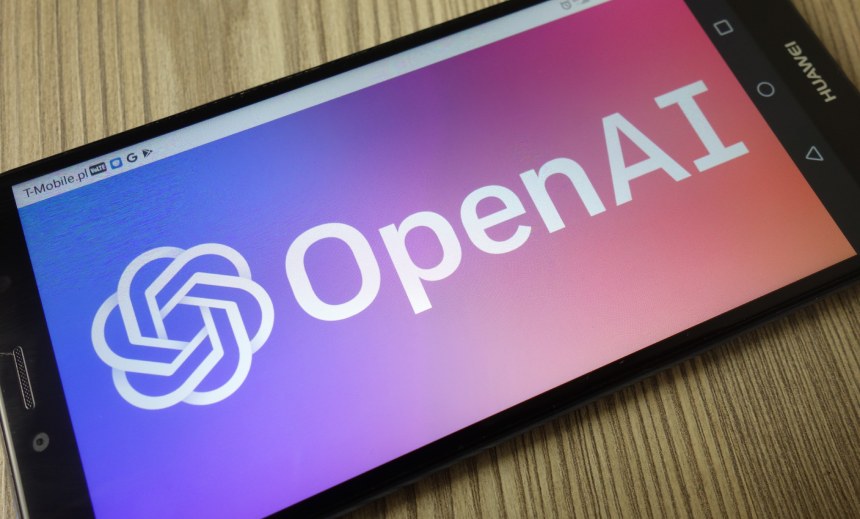OpenAI Unveils Cost-Effective AI Reasoning Model Optimized for STEM Fields

On February 1, 2025, OpenAI announced the release of its new reasoning model, o3-mini, which promises faster response times along with enhanced reasoning capabilities and improved safety features. This release is expected to significantly impact fields such as math, coding, and science.
The San Francisco-based company indicated that o3-mini is tailored for STEM applications and structured problem-solving tasks. With new developer tools and integrated search capabilities, it positions itself as a cost-effective solution for technical challenges. This update arrives shortly after DeepSeek introduced its R1 model to the market, also emphasizing low development costs.
According to OpenAI, expert evaluations have shown that o3-mini delivers more accurate and clearer responses than its predecessor, o1-mini. Testing results revealed a preference for o3-mini’s output 56% of the time, along with a 39% reduction in major errors when faced with complex, real-world questions.
This new model is accessible to ChatGPT Plus, Team, and Pro users, with plans for a rollout to Azure OpenAI Service and Enterprise users scheduled for February 2025. OpenAI highlights that o3-mini offers enhanced flexible reasoning, structured outputs, and improved developer controls, aligning with the broader efforts within the AI community to optimize performance and user satisfaction.
OpenAI touted o3-mini as its first small reasoning model equipped with several highly requested developer functionalities, including function calling and Structured Outputs. These features aim to make the model immediately viable for production use. It is also designed for streaming, similar to earlier models in the o1 series.
With a focus on math, science, and coding, o3-mini outperforms older models while maintaining lower operational costs and quicker response times. OpenAI’s evaluations indicate that this model not only surpasses the o1-mini, launched in September, but also rivals or better addresses higher reasoning levels found in the standard o1 model.
In a research paper made available with the announcement, OpenAI explained that its reasoning models, trained with reinforcement learning, engage in complex reasoning by contemplating multiple aspects of a query before generating a response. This iterative learning process enhances their reasoning capabilities and allows them to detect and adjust for potential mistakes.
Addressing Safety and Security Challenges with OpenAI o3
o3-mini demonstrates a 24% increase in response speed compared to o1-mini, presenting a more efficient handling of user queries while still maintaining intelligence levels similar to the o1 model. This enhanced efficiency could appeal to developers seeking both speed and depth in their problem-solving tasks.
Despite its advancements, o3-mini is evaluated as carrying medium risks in areas such as persuasion and autonomy due to its enhanced capabilities for generating human-like arguments. In the realm of cybersecurity, it has been classified as low risk, as it does not enhance exploitation capacities in a manner that threatens real-world security.
OpenAI’s emphasis on reasoning as a core characteristic of the o3-mini model suggests a balanced approach to improving both performance and safety benchmarks. While the model is poised to deliver advanced functionalities, OpenAI also acknowledges that these enhancements must be implemented with caution, considering certain increased risks associated with sophisticated capabilities.
